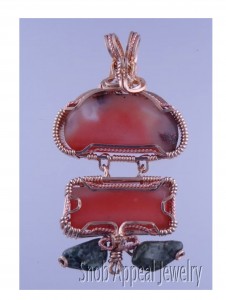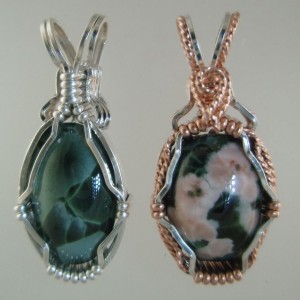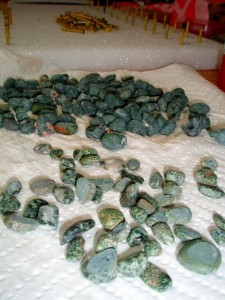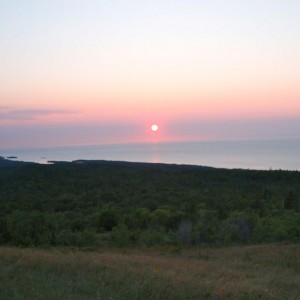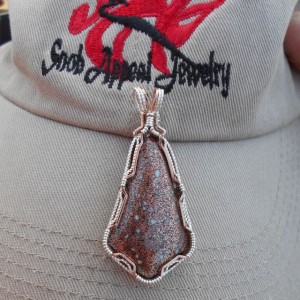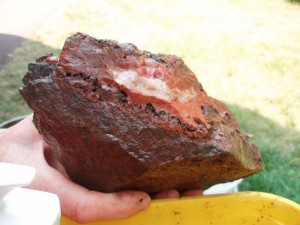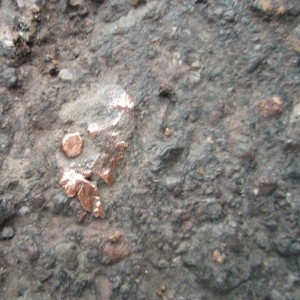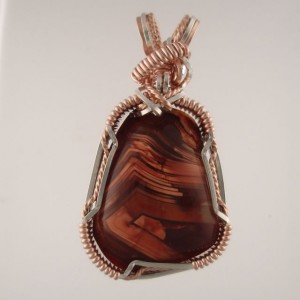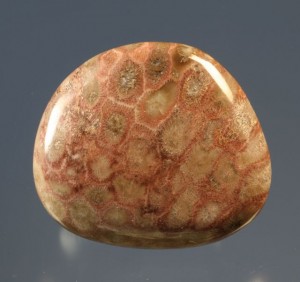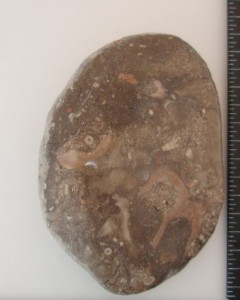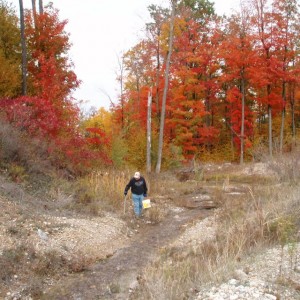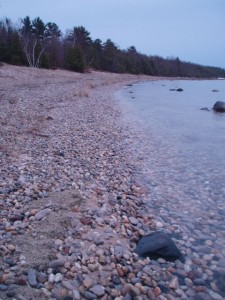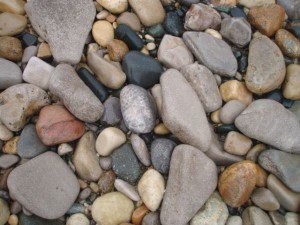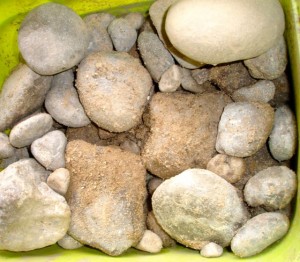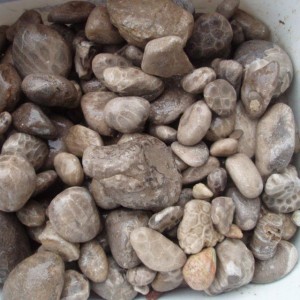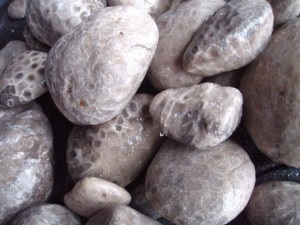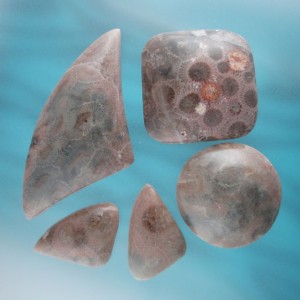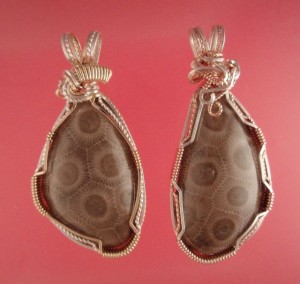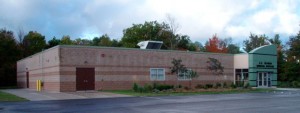
Selecting Thomsonite and having coffee..can't get much better.
A few weeks ago I got a call from Grand Marais, Minnesota from a man I immediately liked. He said he was going to open a storefront and having seen my Greenstone Blog with the little Greenstones lined up on dop sticks, he thought I may be interested in selling some. He mentioned he had some very nice Thomsonite. I think we were on the same page, when I suggested we may be able to work out a barter; Greenstone for Thomsonite.
We met half way between his house and mine, in the Keweenaw. I looked through some very fine Thomsonite, while he looked through my Greenstone stash. I think we ended up with an equitable trade thus far. The trade is not complete as I need to get up to the North Shore and get more Thomsonte from him since he promised that there was lots more still at home. Who can carry all there rocks with them?

A selection or Thomsonite that are going to be cabbed and made into jewelry.
I recently cabbed the larger pieces, with great results. I even made a couple pendants from these gorgeous gemstones. These wild-eyed beauties of amazing pink are very popular. You know that Snob Appeal Jewelry specializes in Great Lakes rocks and minerals. Lake Superior Agates and Greenstones are our best sellers, followed by Thomsonite, Datolite, and Petoskey Stone jewelry, especially the rare Pink Petoskey.
Thomsonite is a copper-associated zeolite, and many of these gemstones sport little crystals of copper. Thomsonite is also found in the Keweenaw, but normally not with the dark eyes seen in North Shore stones. Both gemstones are highly coveted, scarce in good quality, and difficult to find and extract.
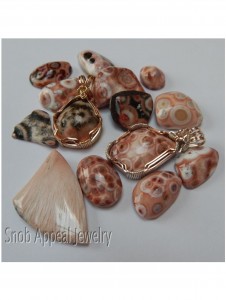
After cutting and wrapping the Thomsonite shown in the previous picture, I put them back near their same location in that picture.
If you look at the piece in the bottom left of the picture, you will notice a large “Feather” Thomsonite. This form shows no eyes and is comprised of tiny silky needles showing a chatoyancy, or sheen, that cannot be captured in a picture. If you ever get a chance to see one of these feathers, don’t pass it up. It is really amazing gem material.
The finished gemstones in the second picture were all cut in one day. I’ve been making cabochons for a lot of years, but I cannot remember a single day that my cutting has produced a more beautiful collection of gemstones. I had a smile on my face during the whole process.

Pink eyes are indicative of Thomsonite. Pink gold with gold or silver enhance this gemstone.
As I make Thomsonite Pendants from these stones, I discover even more beauty. It amazes me how no matter what color precious wire I use, the jewelry still looks fantastic. Two tone wire wraps of gold, silver, and pink gold show off these fantastic gemstones. I like to give them a little bling with an elegant top, but as always, I am careful not to distract from the amazing Thomsonite stone.
I am trying to get a few more pendants made, but I just had to take a break and show you the ones I made thus far. I think you will love them as much as I do.

Every Thomsonite lover looks for a dark eyed beauty for their stone jewelry collection.











